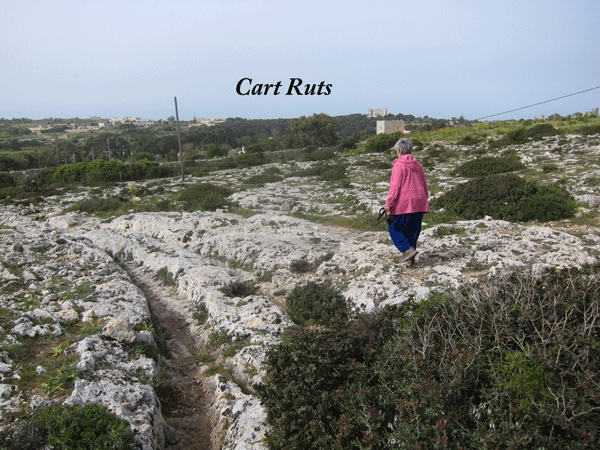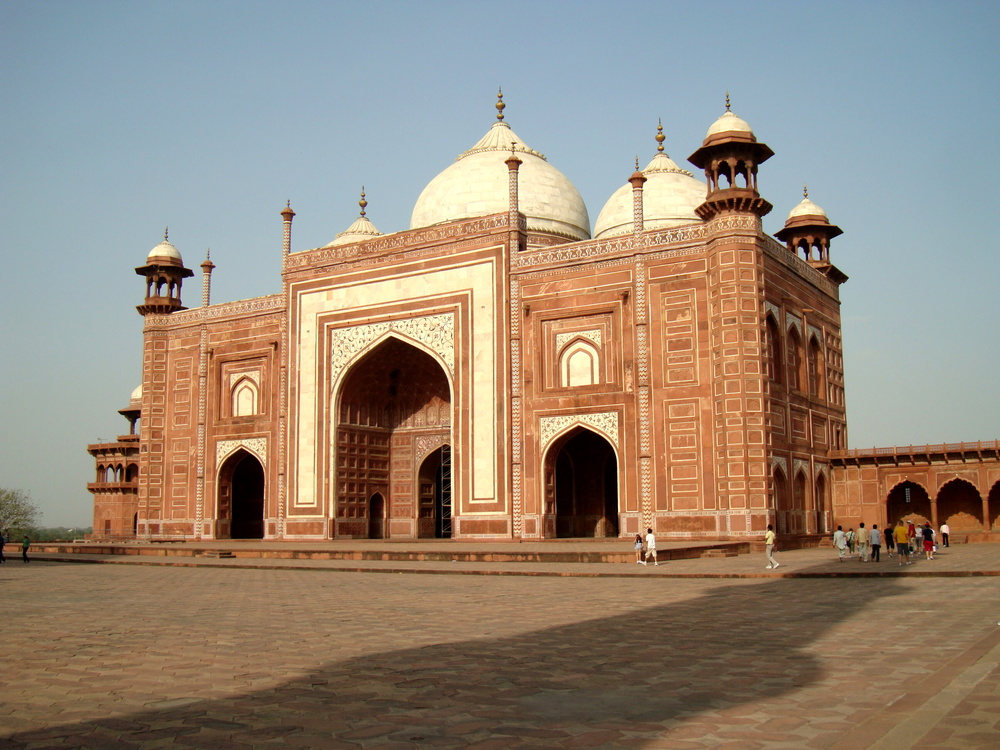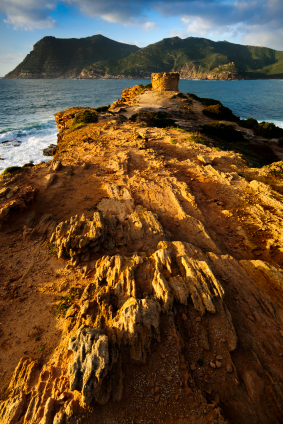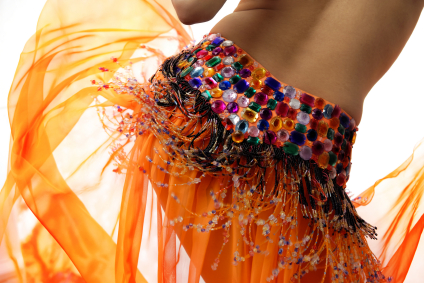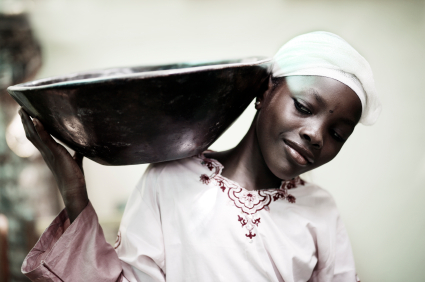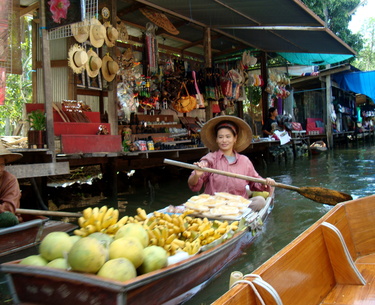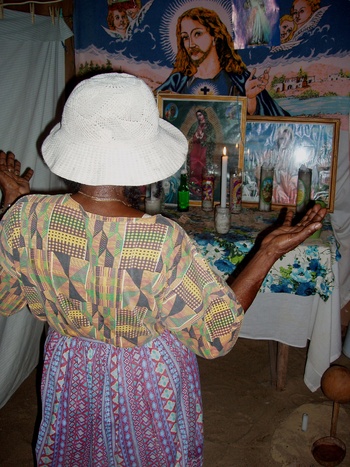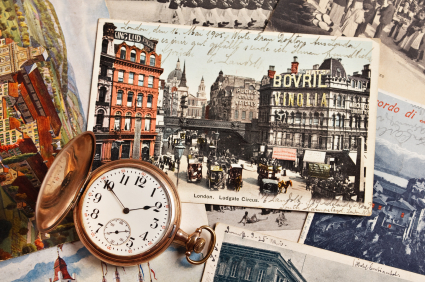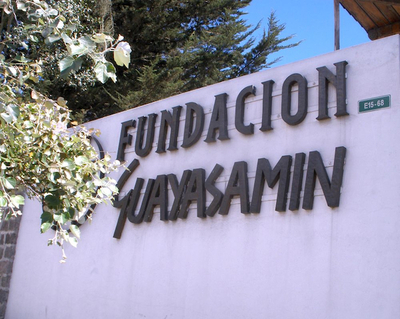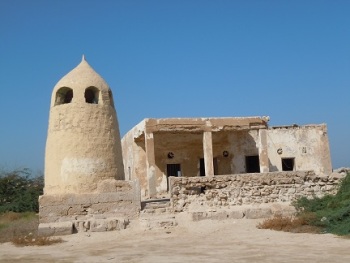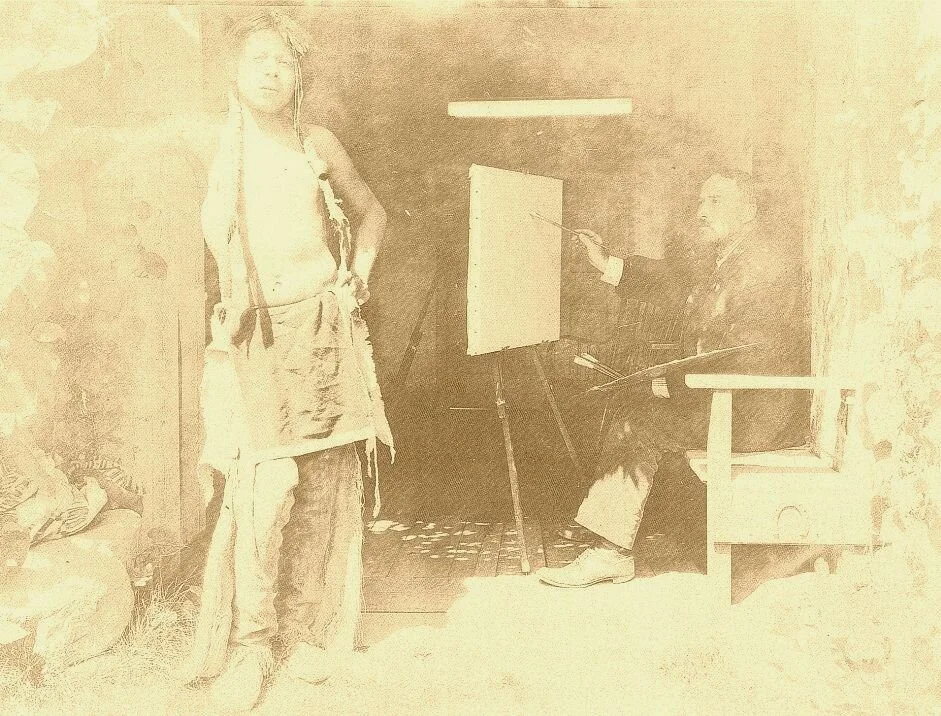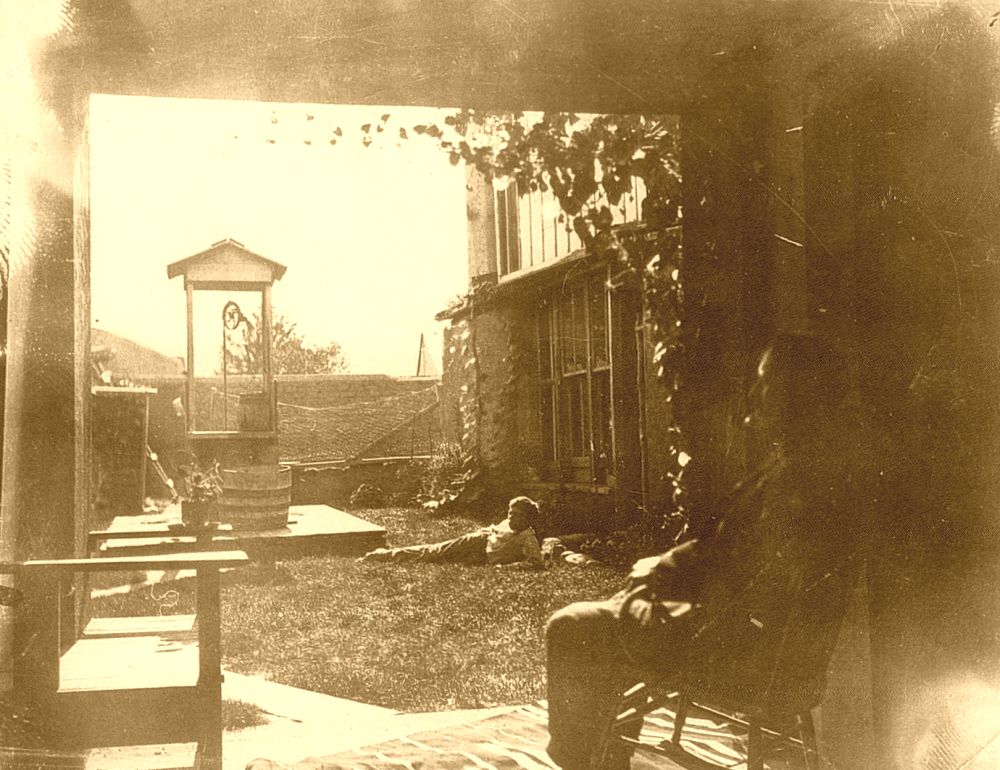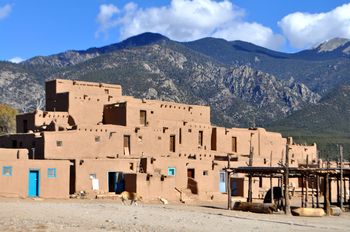by Jennifer Morton
“No photos with coat,” she instructs my photographer husband with a smile. The petit, pigeon toed, doll-like figure clad in a silky red, black and white kimono is ever so polite but adamant about him not taking any photos of me while I am wearing the box-shaped overcoat.
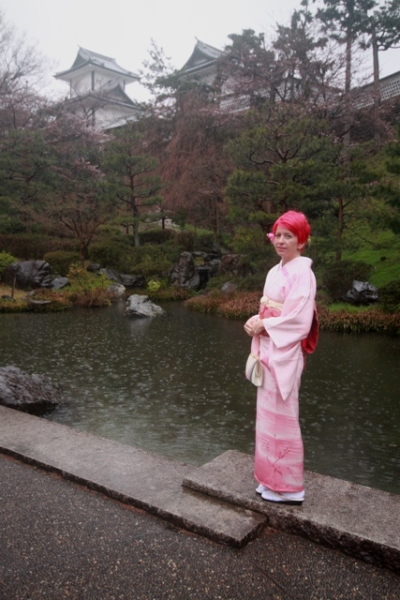 Photos in the kimono are allowed and encouraged but almost forbidden if the kimono-clad woman is wearing an overcoat. I bow slightly and smile while nodding affirmatively. I feel and look like a modern version of an obedient Japanese woman.
Photos in the kimono are allowed and encouraged but almost forbidden if the kimono-clad woman is wearing an overcoat. I bow slightly and smile while nodding affirmatively. I feel and look like a modern version of an obedient Japanese woman.
It’s my 40th birthday and I’m about to hit the streets of Kanazawa, the small castle city on Japan’s main island of Honshu that is northwest of Osaka. I am a bit nervous to be going out amongst the Japanese people: a Westerner with pink hair wearing the beloved kimono.
So you probably want to know what I am doing in the kimono under an overcoat in Japan, and who says I can't be photographed in an overcoat. Actually, it started two hours ago. When I arrive for my one o'clock appointment, I notice the foyer is lined wall to wall with shoes and slippers, like many Japanese households. It is customary to remove footwear and swap your shoes for a pair of slippers before entering.
Haruka, the young owner of the kimono rental shop greets us with many bows and the familiar “Irrashimasse” (welcome), a word that is used by many shopkeepers as you enter their shops or to entice you to enter their shops.
We duck through the noren (door covering), and enter the main sitting area. A low set table with red cushions as seats is in the middle of the room. Pictures of kimono-wearing woman, mostly Japanese, adorn the shelves and table tops.
Haruka shuffles through the paper-panelled sliding doors and disappears up a dark staircase. I follow her, using my hands to climb my way up the steep passageway. The room at the top is bright and airy. This is where the kimonos live.
The shelves are covered with delicate fabrics and laid out in color–coded piles. Haruka points out which ones are for springtime--pastel pinks, soft blues, yellows and purples; some with delicate features or intricate designs lie before me. I’m drawn to the pinks.
I choose a soft, pink silk kimono that gradually darkens as the material reaches the calf area. The fabric is designed with sporadic branches and leaves, similar to sakura (cherry blossom). I feel like a little girl playing dress-up.

